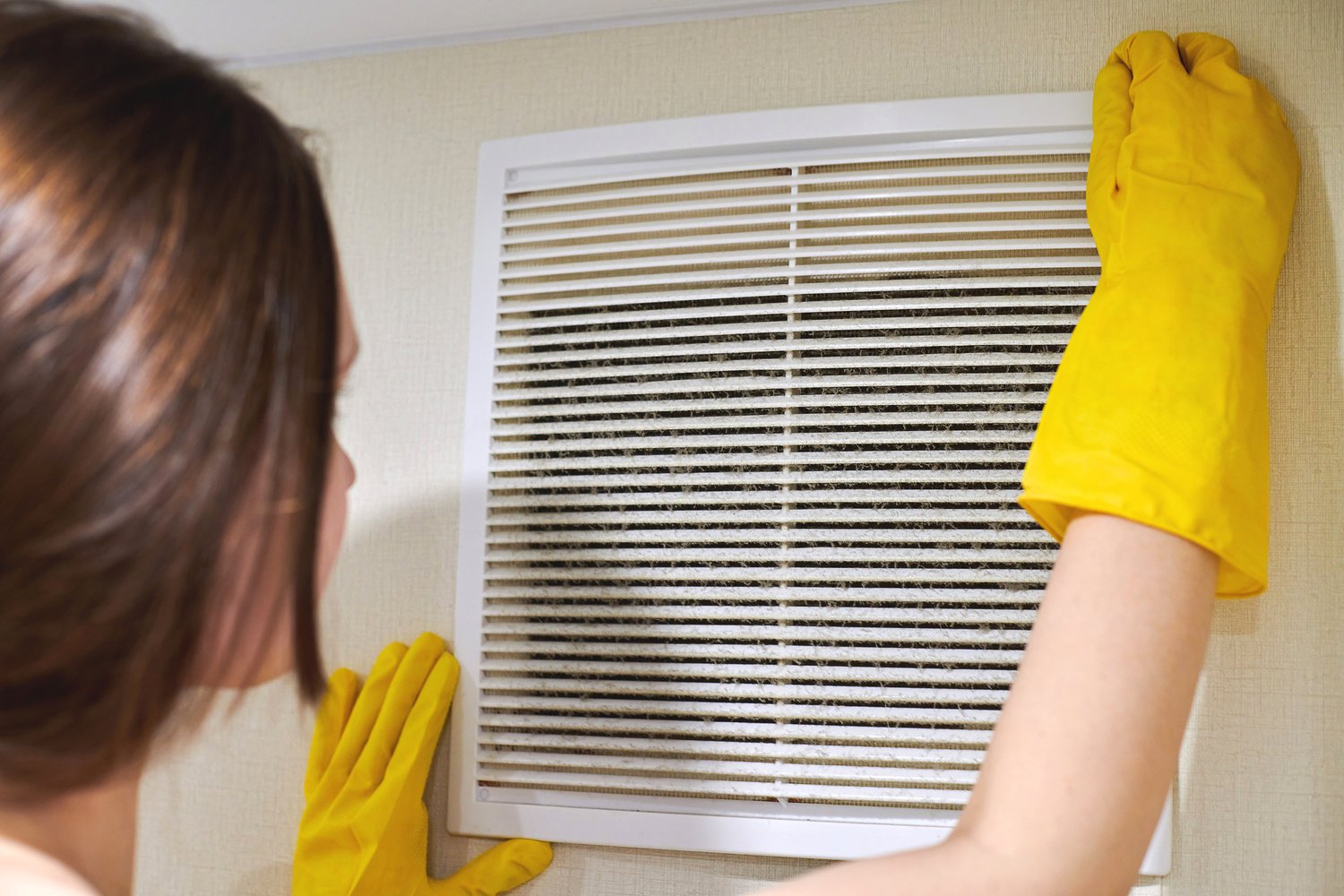Plumbing issues can be some of the most frustrating home maintenance challenges, but many common plumbing problems don’t require professional intervention. With some basic tools and a bit of know-how, homeowners can tackle issues like leaky faucets, running toilets, and slow drains themselves. This guide will walk you through simple DIY fixes for these everyday plumbing annoyances, helping you save money and gain confidence in handling basic plumbing repairs at home. By learning these fundamental skills, you’ll know when you can solve a problem yourself and when it’s time to call in the experts.
Understanding Leaky Faucets
A dripping faucet is more than just an annoyance – it can waste hundreds of gallons of water annually and increase your utility bills. Following a comprehensive fix leaky faucet guide can help you address this common issue. Most faucet leaks occur due to worn-out washers, O-rings, or cartridges that no longer create a proper seal. To begin repairs, turn off the water supply to the faucet using the shut-off valves typically located under the sink. Place a towel in the sink to prevent small parts from falling down the drain.
For compression faucets (with separate hot and cold handles), disassemble the handle by removing the decorative cap and loosening the screw underneath. Once the handle is removed, you’ll see the stem assembly. The washer at the bottom of the stem is often the culprit in leaky faucets. Replace it with an identical washer, reassemble the faucet, and test your repair by turning the water back on. For cartridge, ball-type, or ceramic disk faucets, the process varies slightly, but the principle remains the same – identify and replace the worn components. Many hardware stores sell repair kits specific to different faucet brands and models, making these basic plumbing repairs home projects accessible to beginners.
Stopping a Running Toilet
A toilet that continues to run after flushing wastes tremendous amounts of water and can significantly impact your water bill. Understanding the repair running toilet steps can save you money and frustration. In most cases, a running toilet is caused by one of three issues: a faulty flapper, an improperly positioned float, or a defective fill valve.
Start by removing the tank lid and observing what happens when you flush. If the water continues to run into the overflow tube, the water level is set too high. Adjust the float arm or cup to lower the water level to about one inch below the overflow tube. If the flapper isn’t sealing properly, drain the tank, disconnect the chain, and replace the flapper with a matching model. Make sure the chain has enough slack to allow the flapper to close completely but not so much that it gets caught under the flapper. For fill valve issues, you may need to replace the entire assembly, which typically involves shutting off the water supply, draining the tank, removing the old valve, and installing a new one according to manufacturer instructions. With these simple steps, most running toilet problems can be solved without professional help.
Clearing Slow Drains Naturally
Before reaching for harsh chemicals to deal with a sluggish drain, consider methods to clear slow drains naturally. These approaches are better for your pipes, your health, and the environment. A simple mixture of baking soda and vinegar can work wonders on minor clogs. Start by pouring a pot of boiling water down the drain, followed by half a cup of baking soda. Let it sit for a few minutes, then add a mixture of one cup of vinegar and one cup of hot water. Cover the drain with a plug to keep the reaction working below the surface, and wait about 10 minutes before flushing with another pot of boiling water.
For bathroom sinks and tubs that slow due to hair buildup, try using a drain snake or a simple zip tool designed to grab hair from drains. These inexpensive tools can reach several inches into the drain to remove clogs without damaging pipes. Regular maintenance can prevent recurring problems – consider using drain strainers to catch hair and debris before they enter the plumbing system. If these methods don’t resolve your slow drain issue, it may indicate a more serious clog deeper in your plumbing system. In such cases, you might need to consult with professionals like those at AskHomey who can address more complex plumbing challenges.
When to DIY and When to Call a Pro
While many common plumbing problems DIY fixes can save you money, it’s important to recognize when a job is beyond your skill level. Generally, if a repair requires specialized tools, involves main water lines, sewer lines, or gas lines, or if you’re uncertain about any step in the process, it’s best to call a professional. Water damage can be expensive to repair, so when in doubt, consult an expert.
For basic plumbing repairs at home, always have essential tools on hand, including an adjustable wrench, pliers, a pipe wrench, a plunger, and Teflon tape. Remember to turn off the water supply before beginning any repair, and always test your work thoroughly for leaks once you’re finished. Taking on simple plumbing repairs can be satisfying and economical, but knowing your limits is equally important for maintaining your home’s plumbing system.
For more tips and to connect with reliable home service professionals, follow AskHomey on Facebook and Instagram.



